
STREET FOOD
05-06-2021 by Freddie del Curatolo
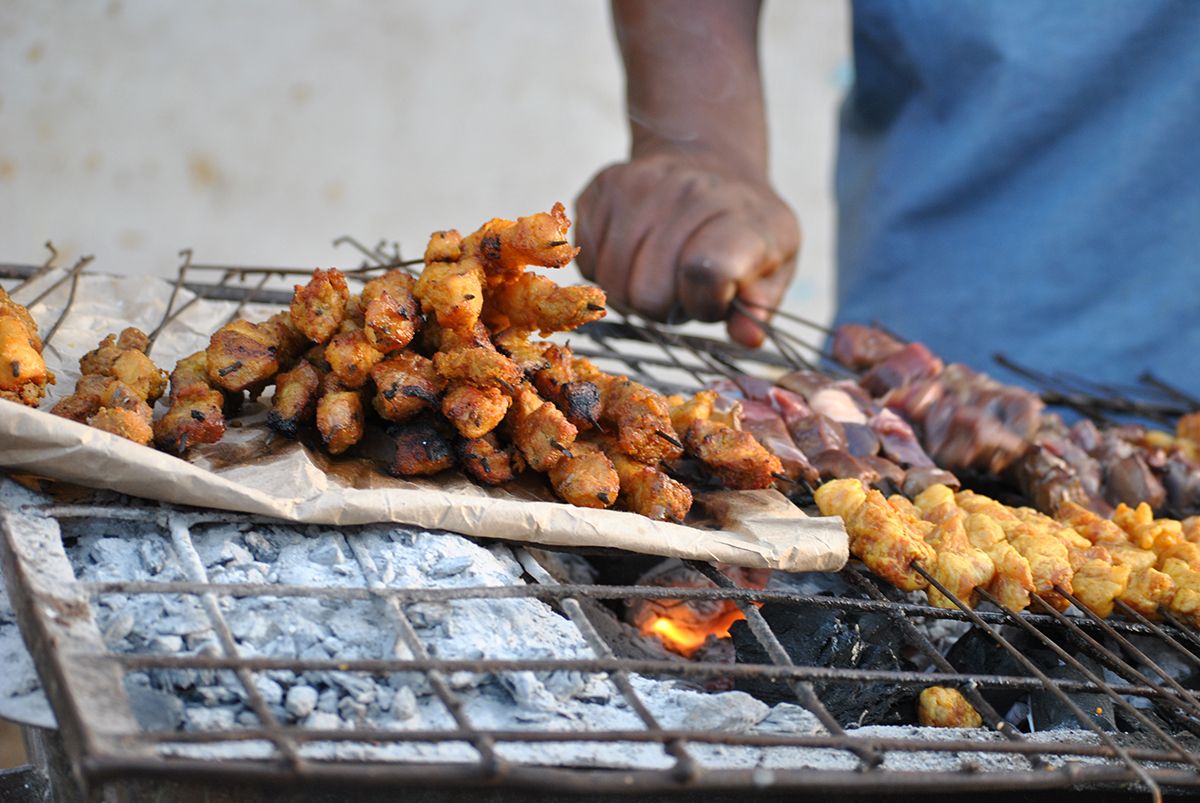
In the beginning was matumbo.
Kenyan food is almost always "street food", in the sense that it is cooked not only in public but at ground level, often outside floorless huts or on the veranda of shacks that serve as taverns.
Kenya's popular cuisine is primarily about sustenance, but this is not to say that people do not appreciate the taste, when they can the satisfaction of the palate which they often identify (a bit like kids and Americans) with fried, salty and sweet in the extreme, the eye-catching dips.
For a "mzungu" and in particular for us Italians who are so curious about gastronomy, even if well anchored to our traditions and strenuous defenders of the prejudices of our taste buds, Kenyan street food is always an attraction.
The weak of gut and the disgusted just look at it, with a little envy for those who enjoy it happily, also because often the scents and aromas of the spices used in the preparations are really tempting.
The bold, the gluttonous and the reckless choose, if anything, those little cafés and restaurants that have some semblance of hygiene, care for the product and customer service.
The kiosks where cooking utensils such as forks and ladles are placed on the floor, those where the dishes are all lying together in the same water in a huge bowl and are just rinsed and offered to the customer, and those where the cook "on sight" sticks his finger up his nose before handing over the newspaper wrapper in which the samosas are kept, are all rejected out of hand.
There are, however, those who make a cultural argument: to become a true expert on Africa, you need to know not only the idiomatic phrases in the local language and a few words in the dialect of the region you are in, but also the typical dishes and drinks consumed by the poor people.
According to this postulate, the highest peak is represented by 'matumbo'.
This is the offal of an adult bovine (literally 'belly' in Swahili) that has been badly rinsed and therefore contains every imaginable aftertaste of herbivore digestion.
Unless you are completely deprived of two senses (taste and smell), the only way to eat it is to be drunk on mnazi, the very potent (and not recommended) local palm wine. The breath you get after drinking mnazi can defeat the pestilential effluvia of matumbo.
In second place is the 'mutura', described as a real treat by Kenyans.
It probably would be, if it were cooked by a star chef who takes the entrails, in this case those of young goats or cattle, skilfully cleans them, washes them in wine and spices, dries them and then leaves them in milk overnight. If, on the other hand, as happens on the road, they are more or less torn from the animal and packed into a salami to be grilled, the goodness far exceeds that of the 'matumbo' (and that's what you're getting at) but the after-effects can be significant.
From sausage to salmonella is a short step.
The advice of a mzungi who has lived here for a long time, for curious newcomers open to new culinary experiences, is to approach local street food little by little. Perhaps start with the classic samosa, eaten in a decent café, the 'viazi karai' (kneaded potatoes) and the classic local composite dishes, such as rice pilau with meat, chicken biryani and ugali with karanga (stew and potatoes). Then you can move on to 'mboga', the local vegetables accompanying polenta, and the many fried and refried specialities.
Or there is always shock therapy. As soon as you arrive, a nice fruit juice at a local kiosk, with ice added.
Baptism of fire and everything else after that is heaven.
Everything except matumbo.
TRADITIONAL FOOD
by Leni Frau
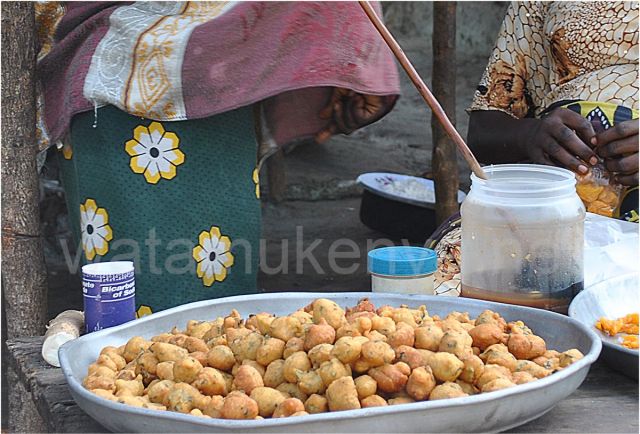
Kenya, thanks to past trade relations with Arabs, Indians and Persians, is a mix of cultures and traditions, of...
INITIATIVES
by redazione

Second appointment with the Festival di Sardegna 2, the singing-cabaret invention of Freddie and Sbringo, in...
TERRITORY
by redazione
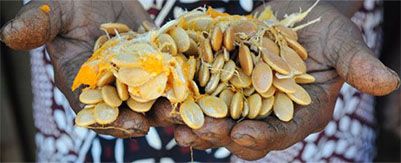
EVENTS
by redazione

On Saturday 19 October, in the public area of the former Sinbad Hotel in Malindi, next to the Casino (where...
SHOPS
by redazione
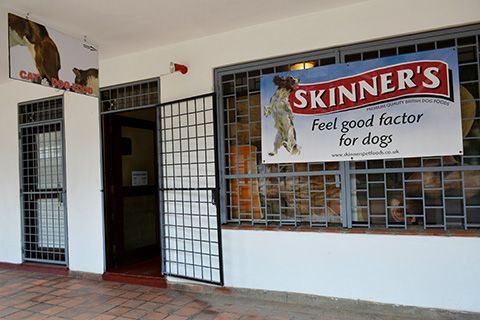
A new shop in Malindi for four-legged friends in Malindi.
At Vera Cruz Complex in Lamu Road (opposite Malindi Complex) opened "Cat & Dog Food", an authorized retailer "Skinner's", an English leader in the production of dog food, offering a...
TOURISM
by Freddie del Curatolo
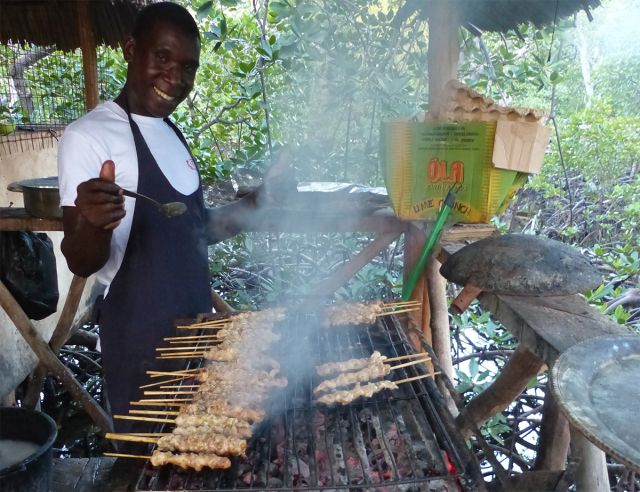
In recent years, food tourism has grown considerably worldwide.
This is...
STATS
by redazione
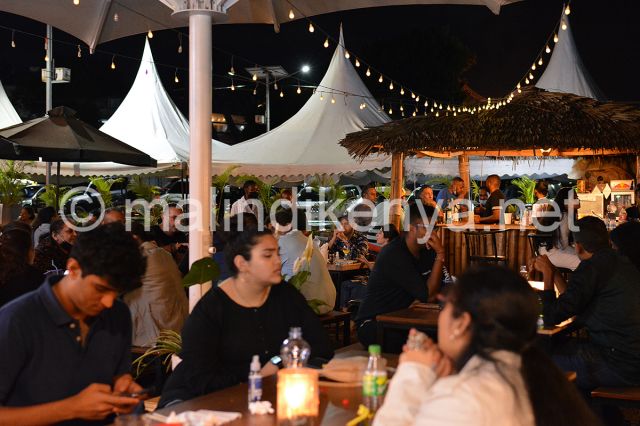
After the end of the lockdown and curfew, Kenyans have resumed spending a good part of their...
EVENTS
by redazione

It was presented yesterday in Nairobi by the Ambassador of Italy to Kenya Roberto Natali with a "press...
EVENTS
by redazione

The Ethiopian artist known as Bananasoverdose, will be on stage tonight at Baby Marrow Art&Food...